Looking to mix up your leg press? Here are some different leg press foot placements to laser-target different muscles in your legs.
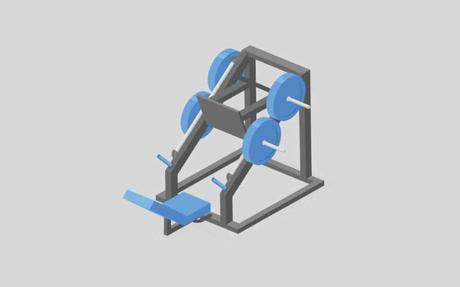
In this guide, you will learn about how the leg press foot placement can change the muscles you are targeting when using a leg press machine.
There are six different foot placements you can use on the leg press:
- Regular
- High feet
- Low feet
- Narrow feet
- Wide feet
- Externally rotated feet
Each stance has its own point of emphasis for activating and engaging muscles in the legs.
Training properly means that you are engaging the right muscles.
Often, lifters with a poor understanding of how foot position can affect muscle recruitment end up overtraining or fatiguing a muscle to the point of injury. At the least, they spend a bunch of time blasting away at the leg press and wonder why they aren’t seeing the muscle growth they want.
With this handy guide, you will be able to better target the muscles you want to work, on and as a result, have a more complete workout the next time you hit the gym.
(And hopefully less injury and overtraining, too!)
Let’s jump right in.
Leg Press – The Basics
The leg press exercise is a closed-chain kinetic exercise that uses hip and knee extension to target the big muscle groups in your legs.
These include the quadriceps, glutes, hamstring, and calves.
The leg press is an excellent all-purpose exercise that is excellent for developing lots of muscle mass.
Some of the benefits of leg press include:
- Unlike squats and deadlifts, which significantly tax the nervous system, lifters can recover from leg presses more rapidly. Which mean you can do it more frequently.
- Leg presses are also ideal for high-rep, high volume sets and workouts designed for hypertrophy because of their reduced CNS demand.
- While not as effective for athletic performance factors like squat jumps or explosiveness, they are as effective for building leg muscle.
- The closed-chain movement pattern—sled goes up, sled comes down—is safer for most lifters and ideal for those easing back into lower body workouts.
What Muscles are Used in the Leg Press?
The leg press works primarily the quadriceps, as well as the calves, hamstrings, and glutes.
The muscles don’t all fire at once, but rather active in waves as you move the sled up and down.


Additionally, keep in mind that at the top of the movement—when the sled is at its highest and your legs nearly straight—the biceps femoris (hamstrings) are fully engaged1.
For lifters who want to go beyond the basic shoulder-width, regular foot stance, and want to laser-focus on some muscles more than others, there are some foot placement options that can challenge you in a few different ways.
The 6 Leg Press Foot Placements
Let’s take a closer look at the six different foot placements, the advantages of each, and what the research has to say on variable foot placement on the leg press machine.
Shoulder-width, regular foot stance

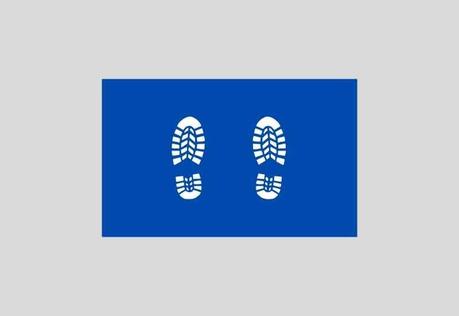
Old reliable, the regular feet stance!
You settle into the seat of the leg press machine, prop your shoes in the center of the plate, feet shoulder-width, have your legs at around 45 degrees, and off we go.
This foot placement is an all-around leg workout: primarily the quadriceps, as well as the glutes and hamstrings.
Low Foot Stance


Each time you straighten your leg, it’s your quadriceps that is doing the heavy lifting for you.
With low foot placement on the leg press machine plate, the range the knee has to extend increases, which means the quadriceps is under tension for longer and is required to do more work.
More specifically, the rectus femoris and vastus lateralis (two of the four muscles that make up the quad muscle group) are significantly more active compared to other foot placements2.
If you really want to target your quadriceps, placing your feet lower on the plate will create more knee flexion, engaging more and more muscle fiber within the quads.
High Foot Stance

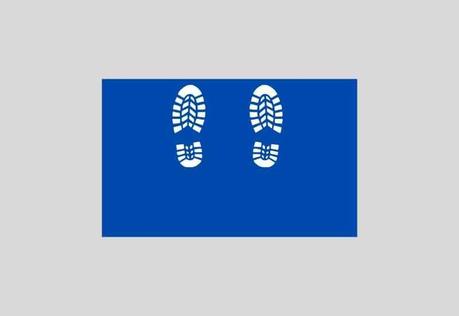
Glute training has become all the rage in recent years. And with good reason—who doesn’t want a stronger, more powerful backside?
While leg press isn’t in the same weight class as hip thrusts and deadlifts for glute activation, there is a foot placement on the leg press machine that places greater emphasis on the hamstrings and glutes…
The high foot position!
If you remember, earlier we mentioned that at the top of the leg press exercise, when the legs are fully extended, the hamstrings are firing.
A high foot position creates more hip extension, and the more hip extension we can insert to the exercise, the more we can recruit glute and hamstring muscle fibers to do the work.
When doing this variation, remember to push through your heels instead of your toes to keep your attention on the backside and not slip into the familiar pattern of relying on the front side of your body (quads) to execute the lift.
Narrow Foot Stance

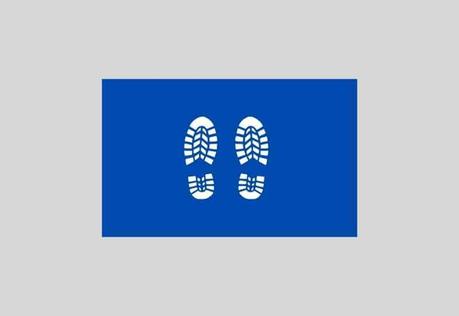
By now, you are getting a sense of just how dominant the quadriceps are when it comes to the leg press.
But if you want to squeeze even more quad juice out of this exercise, narrow your feet so that they are lined up with the hips (instead of your shoulders).
A key thing to remember is that your range of motion with this variation will probably be stunted, since you will be in a modified cannonball position when the sled is at the bottom position.
Additionally, lifters with less-than-optimal mobility in the ankles and hips will want to skip this variation altogether.
An easy to check if you can do properly is lifting just the sled. If your knees bend inwards or the heel of your shoes begins to separate from the plate on the machine, skip it.
There are better ways to train your quads that don’t require risking injury in this manner.
Wide Leg Press Stance

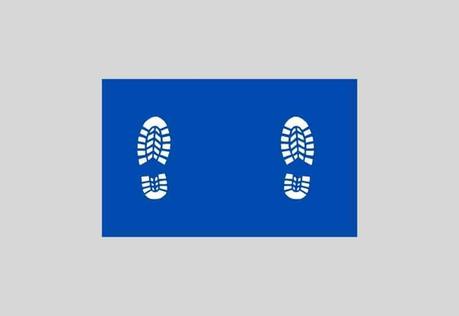
Wide stance anything, whether it’s wide stance deadlifts (also known as sumo deadlifts) or wide-stance leg presses are a favorite of mine as they target the glutes, adductors and the vastus medialis obliques (VMO), a critical knee stabilizer.
The VMO is crucial for athletes and lifters who want a more durable knee, and it’s especially essential for athletes who do a lot of cutting on the field or court.
Wide stance leg press should be approached with a “knees out” technique in mind. Pointing your toes out slightly will also give you a little more glute activation for your buck.
That said, wide stances aren’t recommended for those with weak groins or adductors. Groin strains are no one’s idea of a good time, so approach this stance modestly if you haven’t done much adductor training.
Call-out: Add extra glute activation by pointing your toes slightly outwards.
Externally Rotated Foot Stance

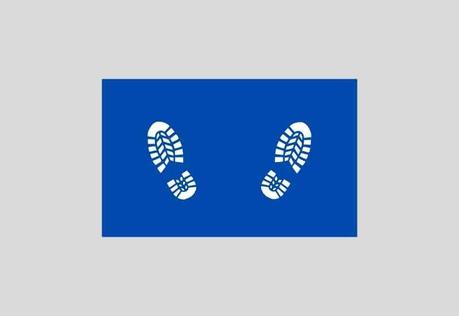
Finally, we come to our last leg press foot placement, the duck stance, the externally rotated foot position.
There hasn’t been a ton of compelling research to back up the efficacy of rotating the feet out while in a shoulder-width foot stance.
One study3 took a group of experienced lifters, had them do some leg presses and squats, and found there was no significant difference in muscle activation in the major muscle groups between feet straight or feet rotated out to 30 degrees.
The main differences came in peripheral muscles, including the calves and hamstrings, but even then, the improvements were marginal at best.
On a more practical level, performing resistance training with a compromised foot position that you wouldn’t use in a performance setting doesn’t make much sense.
The Bottom Line
The leg press is an excellent exercise that can help you build stronger, more muscular legs.
And by arranging the position of your feet on the plate, you can also place extra emphasis on specific muscle groups.
The next time you are putting together a workout routine, choose the leg press foot position variation of your choosing and unleash the gains.
